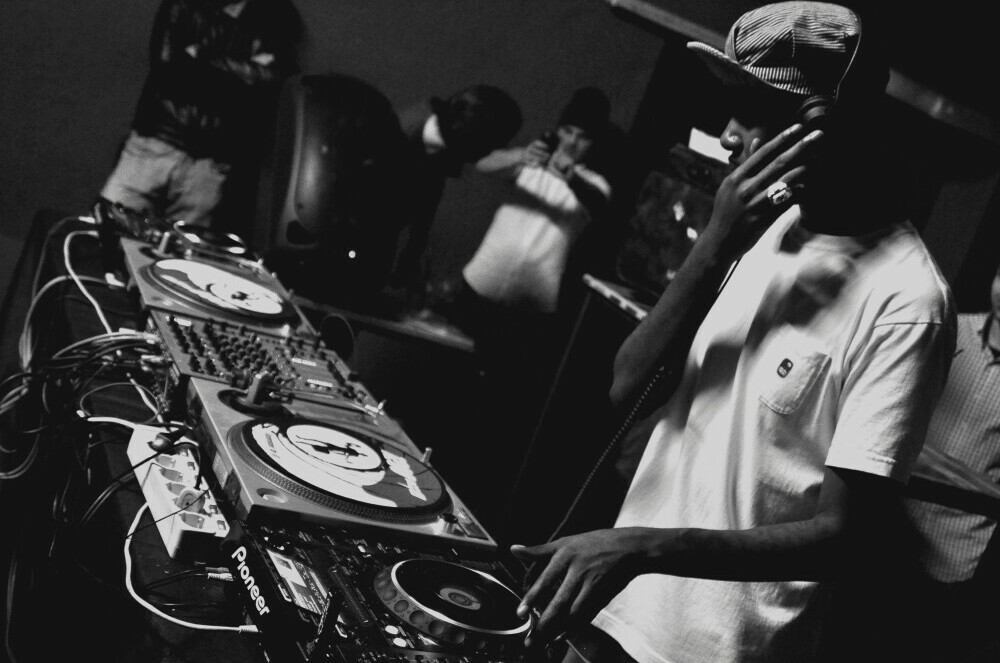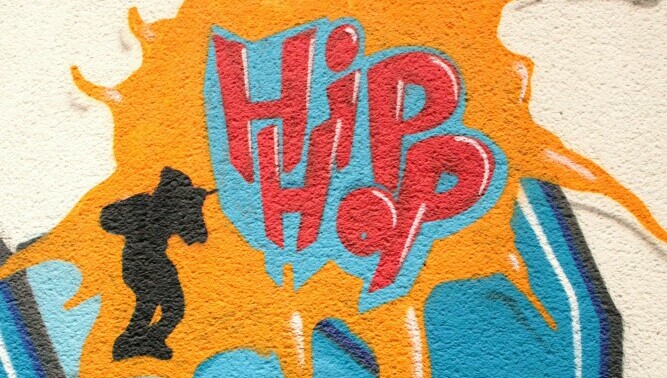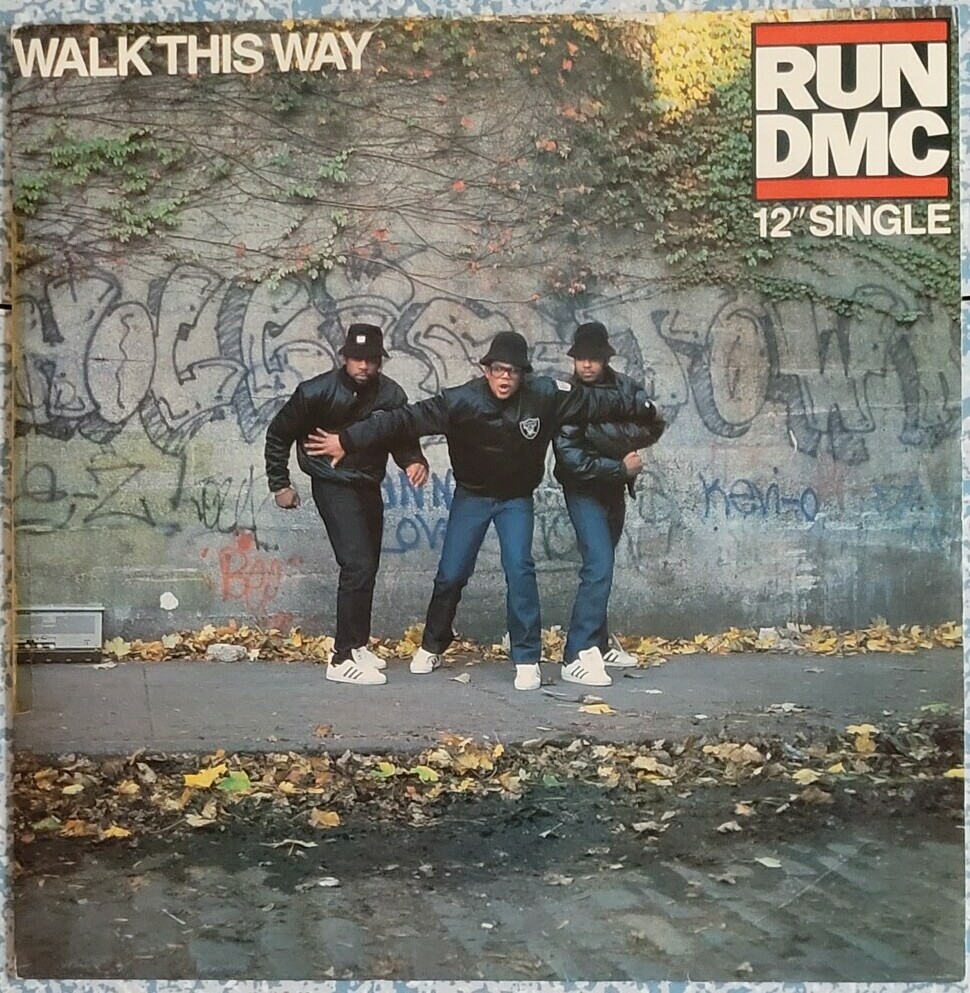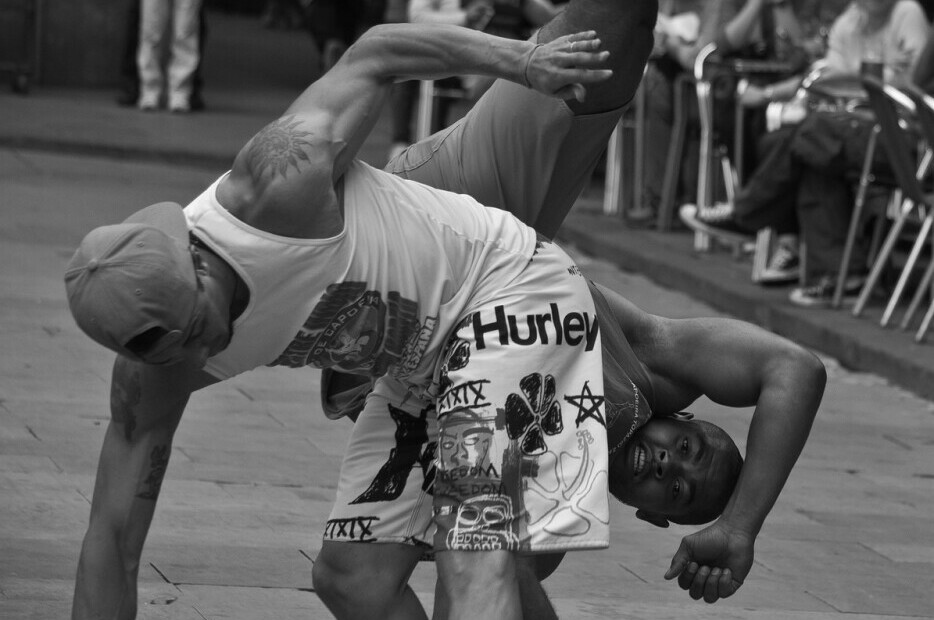
Have you ever been intrigued by the question, “What is Hip Hop music?”
Well, if you have, you’re in the right place as I am going to give you a tour of the genre. I don’t think that I’m speaking out of turn in saying that it is a cornerstone of cultural expression worldwide. Hip Hop is intrinsically linked with rap music, but Hip Hop is more than just about the beats; it is a rich tapestry woven from various artistic forms that collectively encapsulate a cultural revolution. In other words, all rap is Hip Hop, but Hip Hop is not only rap.
Hip Hop originated in the early 1970s in the Bronx, New York City, where it served as a creative outlet and a form of expression for African American and Latino youth living in economically disadvantaged neighbourhoods.
Its roots can be traced to block parties where DJs, like DJ Kool Herc (real name Clive Campbell), began isolating the percussion breaks of funk, soul, and disco songs to create a continuous beat for dancing. This is known as the breakbeat, a technique which is a foundational element of Hip Hop music.
Origins and Elements: The Fabric of Hip Hop
Legend has it that there is one party in particular that is the definitive birth event of Hip Hop. On 11 August 1973, DJ Kool Herc’s 15-year-old sister Cindy threw a back-to-school jam to raise funds to purchase her back-to-school wardrobe, cost ¢25 for ladies and ¢50 for fellas. To cut down on costs (she had paid $25 to rent the small recreation room in the apartment block where they lived at 1520 Sedgwick Avenue in the West Bronx), Clive provided the tunes for the event.
Seeing how the crowd’s energy was highest during the drumbeat or rhythmic interludes of the soul and funk tracks he was playing; using his twin turntables, Campbell began to move from one break to another without bothering with the actual track. The dance floor loved it, erupting into ecstasy, and a new music genre was conceived.
As these parties grew in popularity, MCs (Masters of Ceremonies) would speak over the beats, using rhymes and rhythmic speech to energize the crowd. This would evolve into rap. Often a DJ would be his own MC, accompanying his own beats with his spoken rhymes.

Meanwhile, graffiti artists used city walls as canvases for their vibrant art, and breakdancers showcased their moves on the dance floor, adding visual and physical dimensions to the Hip Hop culture.
Hip Hop quickly spread from the Bronx to other parts of New York City and eventually across the United States and the world, becoming a cultural juggernaut. Its evolution was marked by the emergence of different styles, the influence of regional characteristics, and the incorporation of new technologies and digital sounds.
Despite facing criticism for various reasons, including its often-controversial lyrics, Hip Hop has become a global phenomenon, influencing numerous aspects of culture, fashion, language, art, politics, and lifestyle. Its origins reflect a powerful story of innovation, resilience, and the desire for expression in the face of adversity. It stands as testimony to the power of creativity amidst adversity and the universal desire for self-expression. Hip Hop’s story is not just about how a genre of music came to be; it’s also a story about community, resilience, and the unyielding voice of youth.
Dissecting Hip Hop’s Core: The Four Pillars
Africa Bambaataa, a DJ and community leader from the South Bronx, contributed by broadening Hip Hop’s scope. As well as helping to spread Hip Hop worldwide, Bambaataa emphasized the four pillars of Hip Hop culture: DJing, MCing, breakdancing, and graffiti art, fostering a sense of community and social activism. These pillars are more animated than mere concrete pillars as the have helped to shape the culture, acting as the voice of a community, the paintbrush for its canvas, and the beat to its rhythm.
MCing, or rapping, is perhaps the most recognized aspect of Hip Hop – the vocal embodiment of the genre. Early MCs prided themselves on their ability to deliver rhymes with precision and charisma. As the music evolved, so did the complexity of lyrics, often weaving intricate narratives and tackling societal issues. MCs began narrating both their own experiences and those of the people around them.
Next up is DJing, where artists like another pioneer and Bronxite Grandmaster Flash took the art of turntablism to another level. Consider a DJ as the maestro of the Hip Hop orchestra, where vinyl records are their instruments, and mixers are their batons. They are the architects of the atmosphere, slicing beats and creating the infectious grooves that dictate the motion of every Hip Hop event.
But Hip Hop isn’t just about the sounds; it’s about movement too. And that’s where breakdancing – also known as B-boying – comes in. A physical conversation, breakdancers speak with flips, spins, and intricate footwork. It’s competitive, expressive, and deeply rooted in the communal aspect of Hip Hop culture. Imagine it as a duel where the only swords thrown are swift moves and poignant freezes.
Lastly, graffiti. This is the visual lifeblood of Hip Hop. Of course, the powers that be see this as random vandalism but it’s not. Instead, it’s a richly coded set of stories emblazoned on city canvases. Artists use their murals to claim spaces, express identities, and address social issues. There’s a defiant pride in every spray-painted line, an assertion of existence from voices often marginalized.
Each element of Hip Hop is a unique lens through which the culture should be seen in its entirety. Next, we’re going to explore the so-called ‘Golden Age’ of Hip Hop which saw the genre’s apogee with an explosive expansion, solidifying Hip Hop’s place in the annals of music history.
Golden Era Narratives: Hip Hop’s Hallmark Epoch
When we talk about the ‘Golden Age’ of Hip Hop, we’re diving into a period of immense creativity and influence that took place from the mid-1980s to the mid-1990s. This was a time when Hip Hop truly flourished and established its presence in the music industry and within popular culture. It was a pivotal era for the genre, characterized by diversity, innovation, and influence.

Artists like Public Enemy, Eric B. & Rakim, De La Soul, A Tribe Called Quest, the Notorious B.I.G., Run-DMC, and the Beastie Boys introduced complex lyrics, innovative beats, and socially conscious themes which pushed boundaries with their complex lyrical content, addressing socio-political issues and showcasing storytelling with a depth that hadn’t been heard before; truly the status quo was challenged, and the realities of urban life reflected. Albums such as It Takes a Nation of Millions to Hold Us Back, Paid in Full, and 3 Feet High and Rising were more than just musical milestones, they were cultural statements.
During this era, New York City continued to be the nucleus of Hip Hop, but the genre also began to take root in other parts of the United States. The West Coast branded its own version of Hip Hop, characterized by a laid-back vibe and funk influences, with artists like N.W.A and Tupac Shakur (although born in Manhattan) leading the charge in this regional stylistic evolution.
Production techniques evolved with the use of samples from funk, soul, and jazz, creating a rich, multi-layered sound that became a hallmark of the era. This period significantly influenced the development of Hip Hop, establishing it as a global cultural and musical force. The innovative spirit and artistic exploration of the Golden Age of Hip Hop laid the foundation for future generations, making it a defining era in the genre’s history.
The ‘Golden Age’ saw the emergence of G-Funk; a melodic, synthesizer-based sound. Emerging on the West Coast, it’s characterized by slow, heavy beats, melodic synthesizers, and deep bass lines, drawing heavily on 1970s funk music. Pioneering artists include Dr. Dre, Snoop Dogg, and Warren G. The sub-genre is based on laid-back rhythms and gangsta rap themes, defining the sound of West Coast Hip Hop during the era.
As the Golden Age concluded, it left a blueprint for the diversity and creativity that continues to fuel Hip Hop today. By blending infectious beats with compelling narratives and social commentary, Hip Hop from this period set a high bar for artistry and message – elements that still define the genre.
A Deadly Rivalry: East Coast versus West Coast
During the ‘Golden Age’, East Coast condescension, whether real or perceived, towards West Coast acts led to a murderous rivalry. Its epicentre was antagonism between Tupac signed to Death Row Records, and The Notorious B.I.G. (Biggie Smalls), aligned with Bad Boy Records. Stemming from differences in musical style, cultural background, and competition for commercial success, the rivalry was fuelled by the media and exacerbated by incidents and diss tracks that heightened tensions.
Tragically, (inevitably?), it culminated in the murders of both, Tupac in 1996 and Biggie in 1997. Both crimes remain unsolved, but they are pivotal in Hip Hop lore. The feud not only underscored regional pride but also the dangers of intense rivalries. Over time, it prompted calls for peace and unity within the Hip Hop community, highlighting the need for reconciliation and the focus on music’s power to unite.
Encapsulation: The Indelible Legacy of Hip Hop Culture
So, that’s Hip Hop’s journey from the mean streets of the Bronx to its status as a global phenomenon which permeates almost every aspect of popular culture. Whilst music is the force that moves, the narrative of Hip Hop is resilience, identity, and community.
It has always been more than just beats and rhymes, though. It’s a voice that articulates the struggles and joys of millions, influencing not only music but also fashion, language, and attitudes. It has inspired dialogues on diversity, inclusivity, and social justice, serving as a beacon for change and a marker of time.
The cultural contributions of Hip Hop are immense. Fashion has been swayed by its aesthetics, from the baggy jeans of the 1990s to the high-end collaborations seen today. Slang terms born in the lyrical folds of rap songs have become entrenched in everyday language, e.g. kicks for sneakers or Big Face for a $100 bill. Meanwhile, the art of DJing and MCing fosters youth engagement and forms community bonds, even as breakdancing transcends as an Olympic sport, in Paris 2024, testifying to its universal appeal.

As with any long-lived cultural phenomenon, Hip Hop’s greatest strength lies in its adaptability and its ability to evolve without losing its core essence. Artists continue to push the boundaries, and new talents are redefining the sound and message of Hip Hop every day. It remains an avenue for expression that resonates with many, regardless of background.
As we look to the future, Hip Hop holds promise to continue its influential stride across cultures and continents. It’s not a question whether Hip Hop will remain relevant or not, but how it will shape the societal conversations of tomorrow.
From its inception in a sweaty recreation room on 1520 Sedgwick Avenue, West Bronx, to its undeniable global influence, Hip Hop continues to thrive and adapt, solidifying its role as a significant and enduring agent of cultural formation.
Thanks for reading this article on Hip Hop with me. I hope we have gone at least some way to asnwering the question, “What is Hip Hop?”
I wonder where the beat will take us next…
